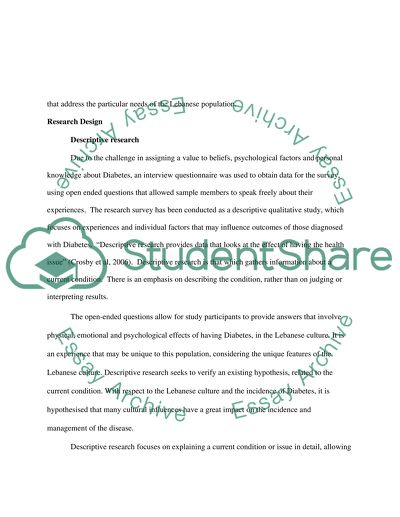Cite this document
(“Methodology for qualitiative study Research Paper”, n.d.)
Retrieved from https://studentshare.org/family-consumer-science/1411187-methodology-for-qualitiative-study
Retrieved from https://studentshare.org/family-consumer-science/1411187-methodology-for-qualitiative-study
(Methodology for Qualitiative Study Research Paper)
https://studentshare.org/family-consumer-science/1411187-methodology-for-qualitiative-study.
https://studentshare.org/family-consumer-science/1411187-methodology-for-qualitiative-study.
“Methodology for Qualitiative Study Research Paper”, n.d. https://studentshare.org/family-consumer-science/1411187-methodology-for-qualitiative-study.


